Vietnam Travel Infomation
Discover Kon Tum Vietnam Wooden Architecture Highland Culture Travel Guide
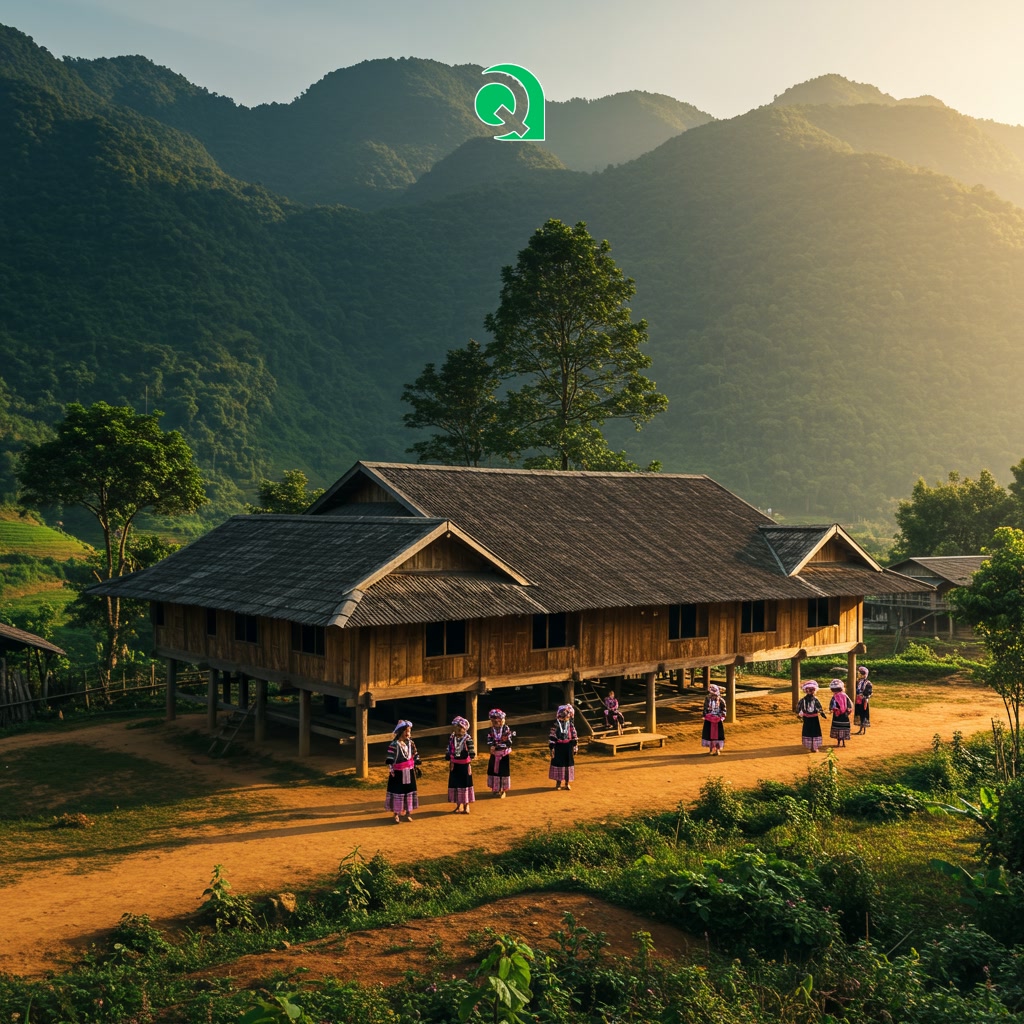
This guide is a valuable resource for those planning travel to Kon Tum, Vietnam. It explores the region’s unique wooden architecture, a significant aspect of its cultural heritage. The guide delves into the rich highland culture, offering insights for travelers. It aims to help visitors discover the distinctive charm of Kon Tum through its built environment and local traditions.
Section 1: Introduction to Kon Tum: Where Highlands Meet Unique Culture
Welcome to Kon Tum, a captivating province nestled within the Central Highlands of Vietnam. This region offers a striking departure from the bustling cities and coastal plains, presenting a landscape defined by rolling hills, lush forests, and a cooler climate. More than just its natural beauty, Kon Tum is a melting pot of diverse ethnic minority groups, each contributing unique traditions, languages, and ways of life to the area’s rich cultural tapestry. This introductory section invites you to explore the essence of Kon Tum, where the distinctive geography of the highlands provides the setting for a vibrant and unique cultural heritage, setting the stage for your journey into its celebrated wooden architecture and community spirit.
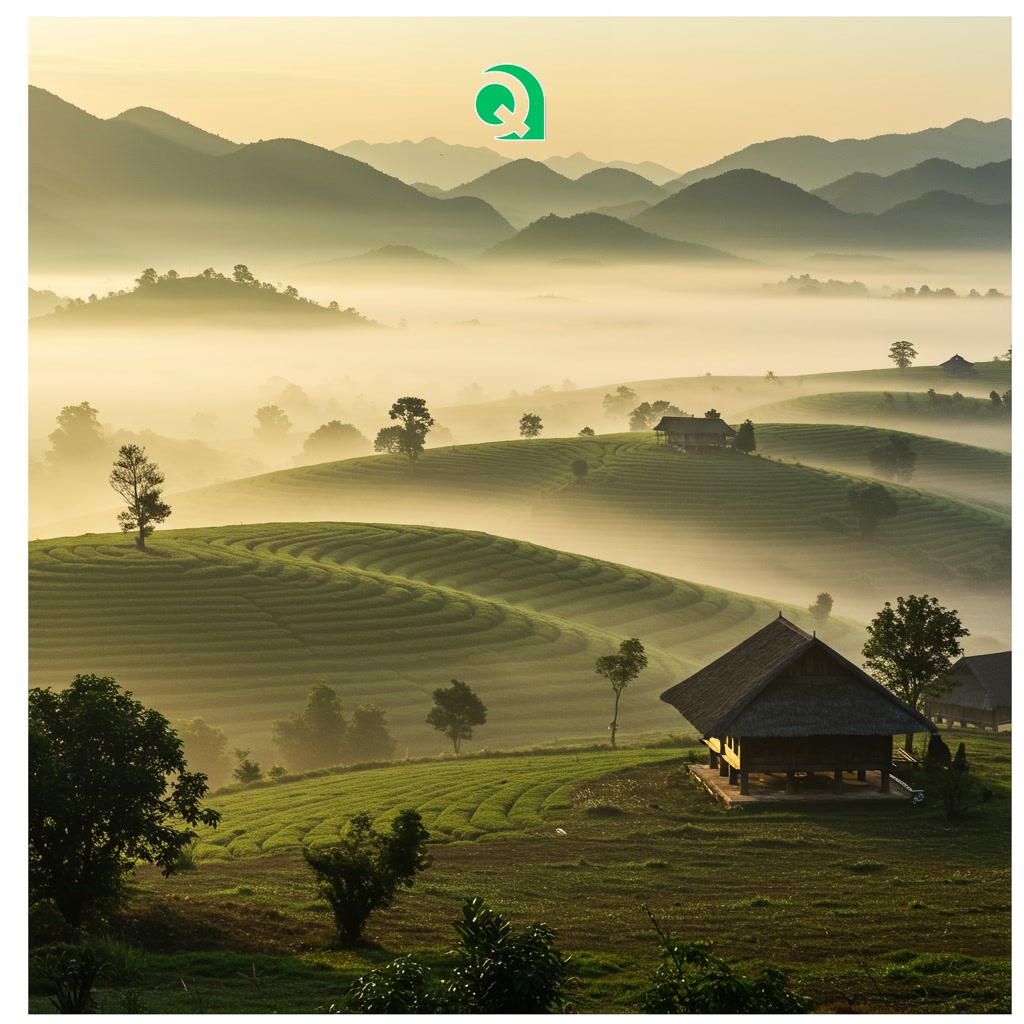
Introduction to Kon Tum: Where Highlands Meet Unique Culture
Section 2: Discovering Kon Tum’s Distinctive Wooden Architecture
Stepping further into Kon Tum, one is immediately struck by the province’s architectural identity, fundamentally rooted in wood. Unlike the brick and concrete structures prevalent elsewhere, traditional buildings here, particularly those of the indigenous ethnic groups like the Bahnar and Jarai, are crafted almost entirely from timber and bamboo. The most iconic example is the Nha Rong, the communal house, soaring high on stilts with its distinctive, dramatically pitched roof reaching towards the sky. These structures are not merely shelters; they are central hubs of village life, rich with cultural significance and often adorned with intricate carvings depicting tribal stories and symbols. Exploring Kon Tum’s architecture offers a profound glimpse into the resourcefulness, craftsmanship, and enduring cultural heritage of the Central Highlands people.
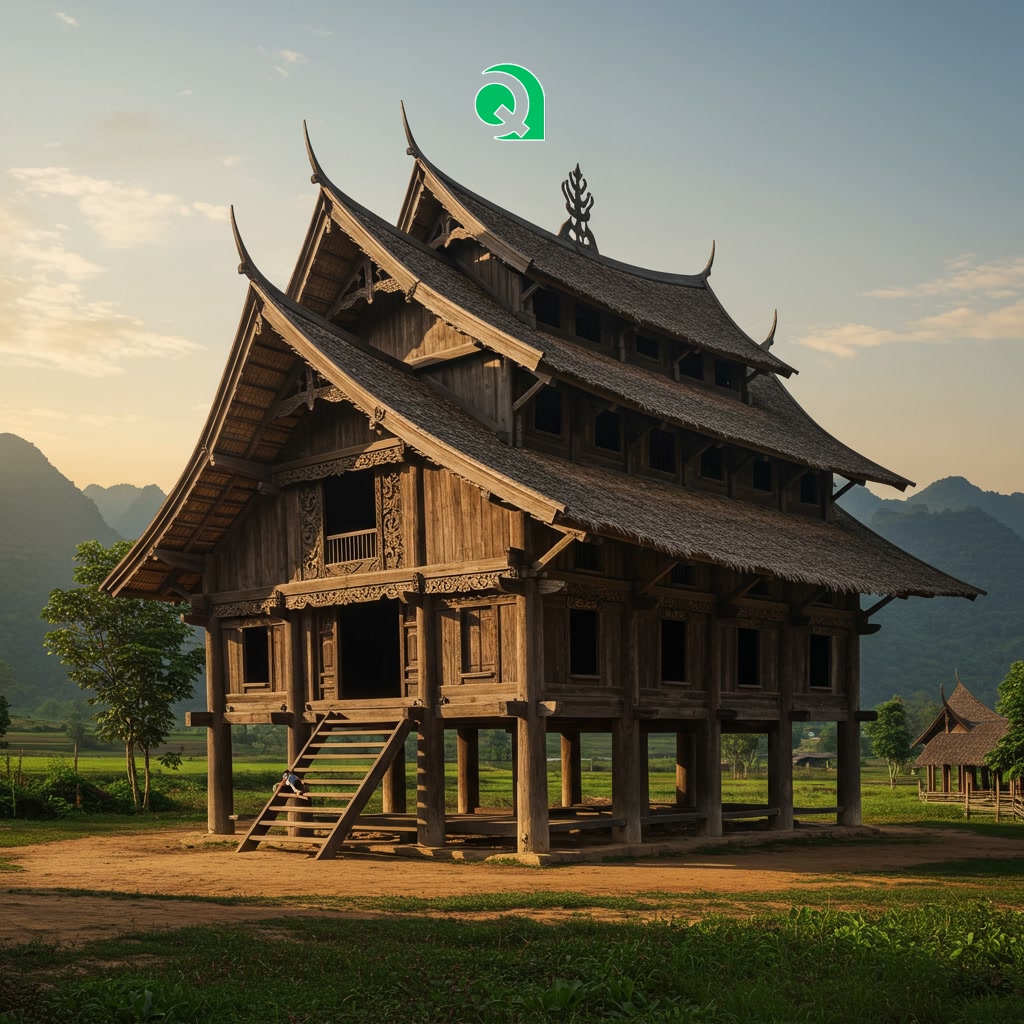
Discovering Kon Tum’s Distinctive Wooden Architecture
Section 3: Experiencing the Rich Highland Ethnic Cultures
Beyond the unique wooden structures, Kon Tum offers a profound connection with its diverse highland ethnic communities. Traveling here provides an opportunity to step into vibrant living cultures, such as the Bahnar, Gia Rai, Xo Dang, and Mo Nong people. Visitors can experience traditional gong music performances, witness intricate weaving techniques, or participate in local festivals if timing allows. Engaging with these communities, perhaps sharing a meal or simply observing daily life in a traditional village setting, offers invaluable insights into their customs, beliefs, and harmonious relationship with the surrounding natural environment. This cultural immersion is a key highlight of the Kon Tum experience, complementing the architectural exploration.
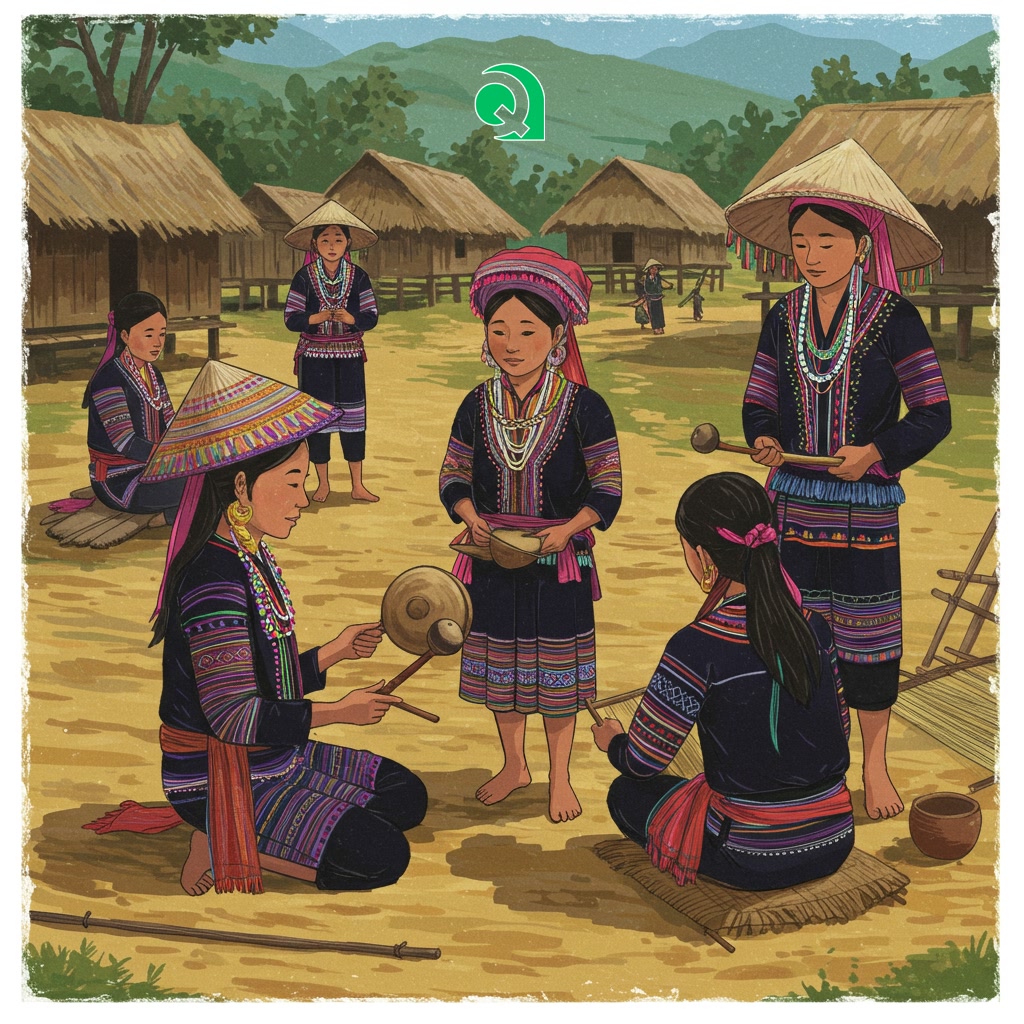
Experiencing the Rich Highland Ethnic Cultures
Section 4: Planning Your Kon Tum Travel: Practical Tips
Planning your journey to Kon Tum involves considering its specific characteristics as a highland destination. The optimal period for travel is typically the dry season, running from around November to April, which offers more favorable weather conditions and improves accessibility, particularly on roads leading to more remote areas. Transportation to Kon Tum is commonly via bus routes from major Vietnamese cities or by flying into the nearby Pleiku airport and then taking a bus or taxi. Within Kon Tum and surrounding areas, local taxis, motorbike taxis, and rented motorbikes are common ways to get around. Accommodation ranges from hotels and guesthouses in Kon Tum town to authentic homestay experiences in nearby villages. It’s advisable to carry sufficient cash, as electronic payments are not universally accepted. Packing layers is recommended due to varying mountain temperatures. Most importantly, engage with local communities respectfully; familiarize yourself with basic etiquette, such as asking permission before photographing individuals, to ensure positive interactions.

Planning Your Kon Tum Travel: Practical Tips
Section 5: Must-Visit Sites and Cultural Experiences in Kon Tum
After planning your trip, immerse yourself in Kon Tum’s key attractions. Central to the experience are the unique wooden structures, such as the Kon Tum Wooden Church with its blend of indigenous and European styles, and the traditional communal houses, or Nha Rong, found in ethnic minority villages like Kon Ktu or Kon Ko Tu. These Nha Rong are architectural marvels, serving as the heart of village life and cultural gatherings. Beyond architecture, engage with the local highland communities. Visiting a village offers a chance to witness traditional crafts, enjoy gong performances, or participate in local festivals if timed right. Exploring the bustling Kon Tum market provides a glimpse into daily life and local produce. These sites and interactions offer a profound connection to the region’s distinct culture and heritage.
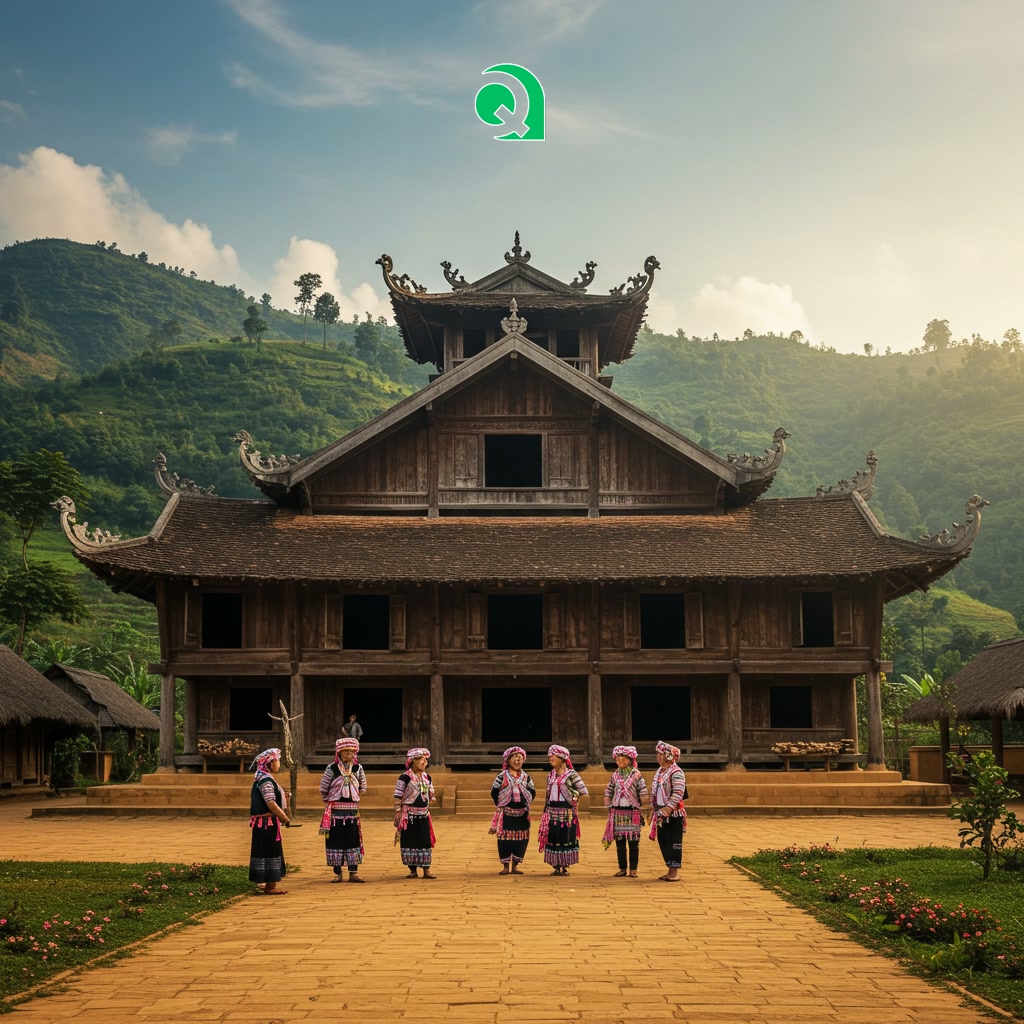
Must-Visit Sites and Cultural Experiences in Kon Tum

